femur + pelvis LAB
1/13
There's no tags or description
Looks like no tags are added yet.
Name | Mastery | Learn | Test | Matching | Spaced |
|---|
No study sessions yet.
14 Terms
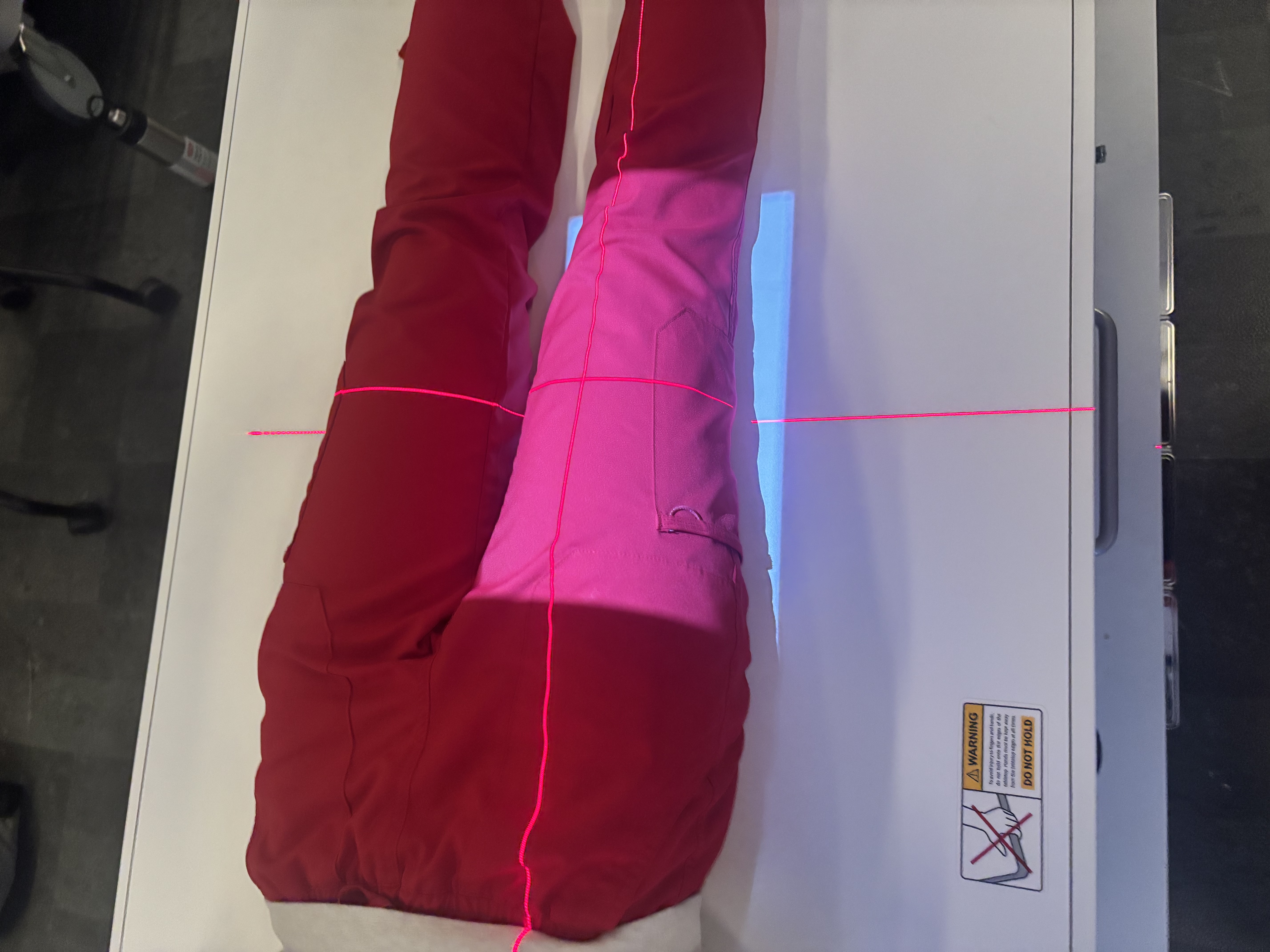
AP Mid & Distal Femur
• Patient Position: Supine, leg internally 5°
• CR: Perpendicular to femur
• Collimation: 10x17, bottom ½ inch distal to apex
• kVp/mAs: 75 / 12–15
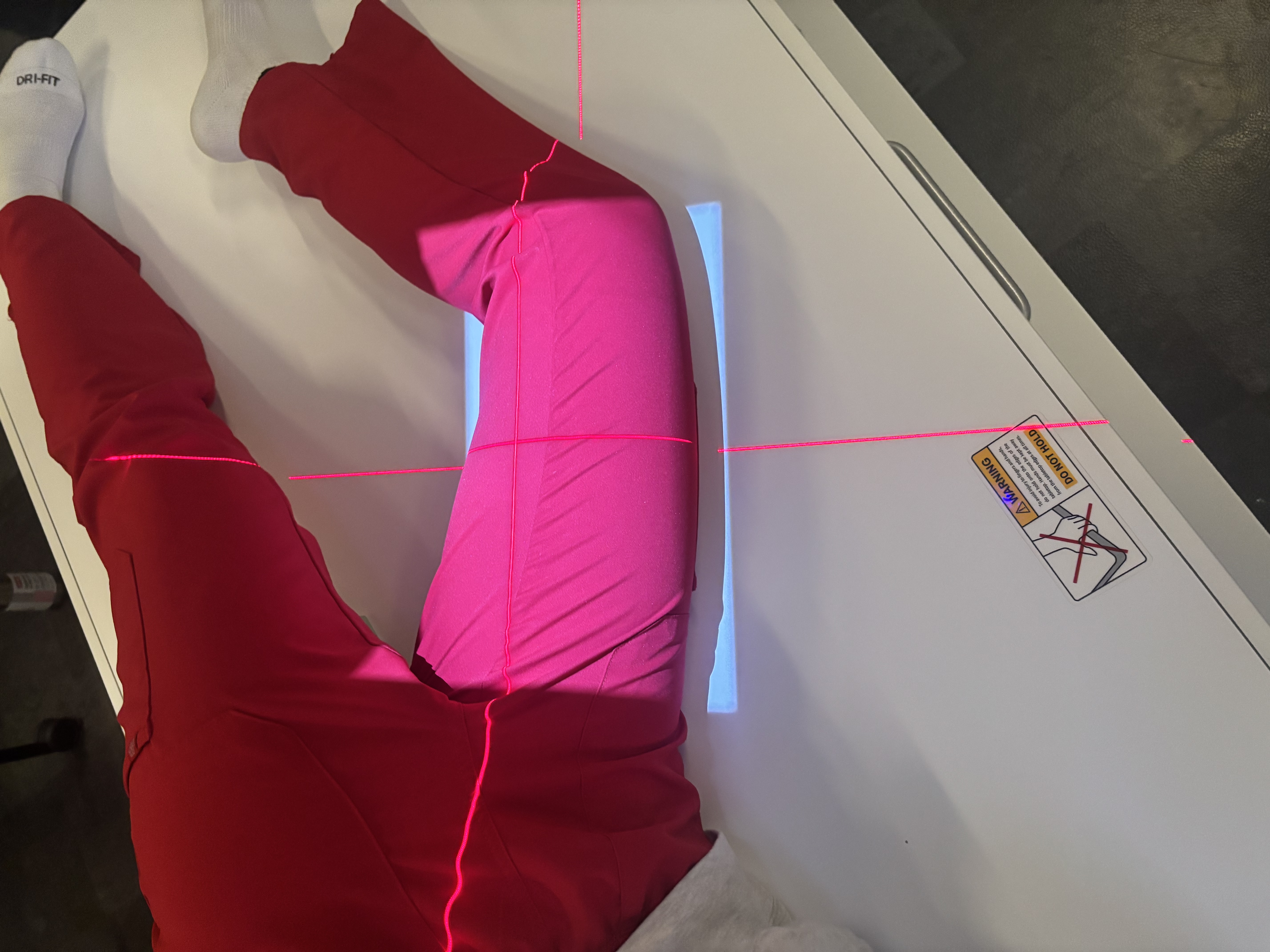
Lateral Mid & Distal Femur
• Patient Position: Lateral recumbent, affected side down, knee 45°, other leg behind
• CR: Perpendicular to femur
• Collimation: 10x17, bottom ½ inch distal to apex
• kVp/mAs: 75 / 12–15
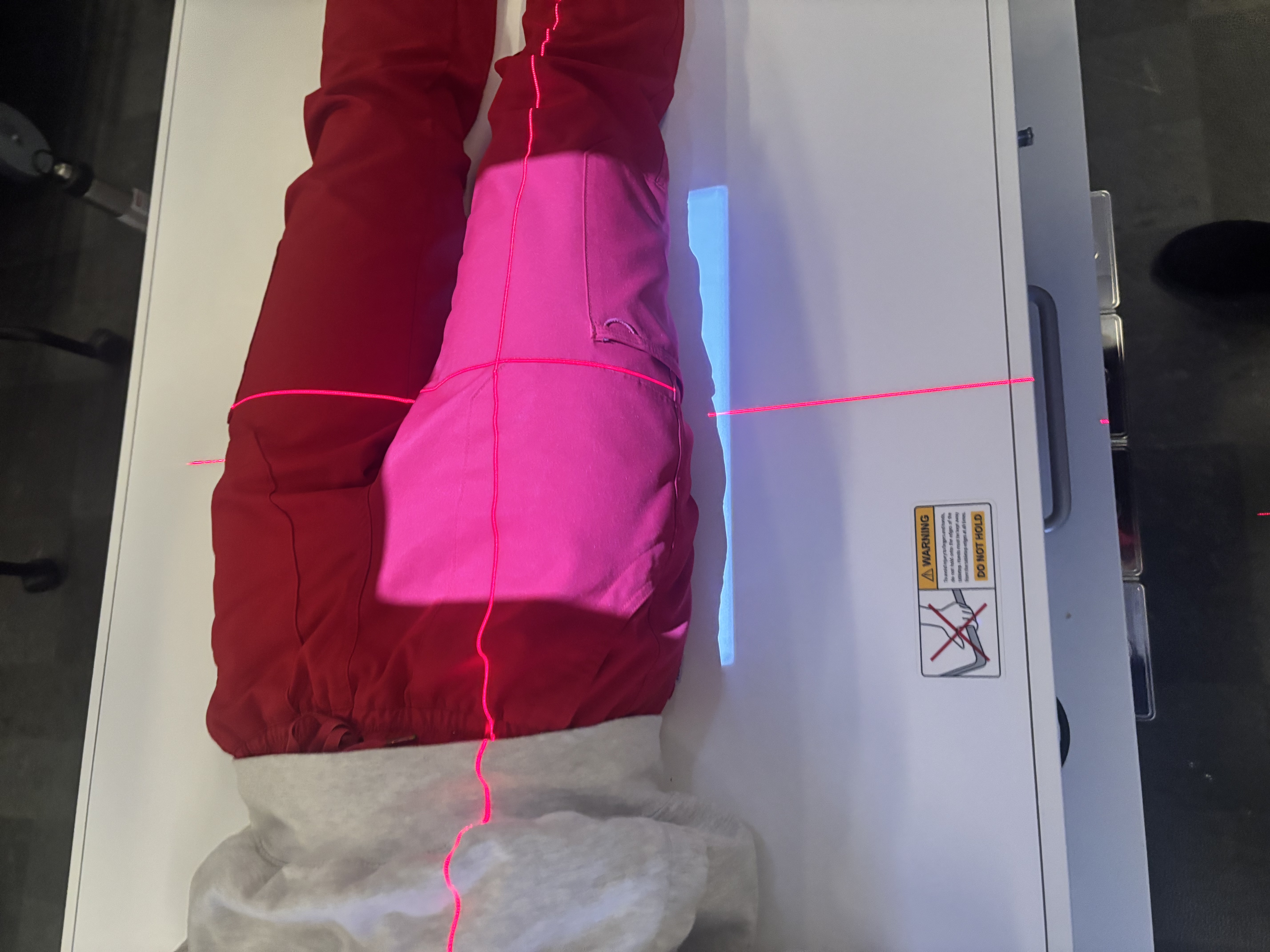
AP Mid & Proximal Femur
• Patient Position: Supine, leg internally 15–20°
• CR: Perpendicular to femur
• Collimation: 10x17, include 2inches below ASIS
• kVp/mAs: 75 / 12–15
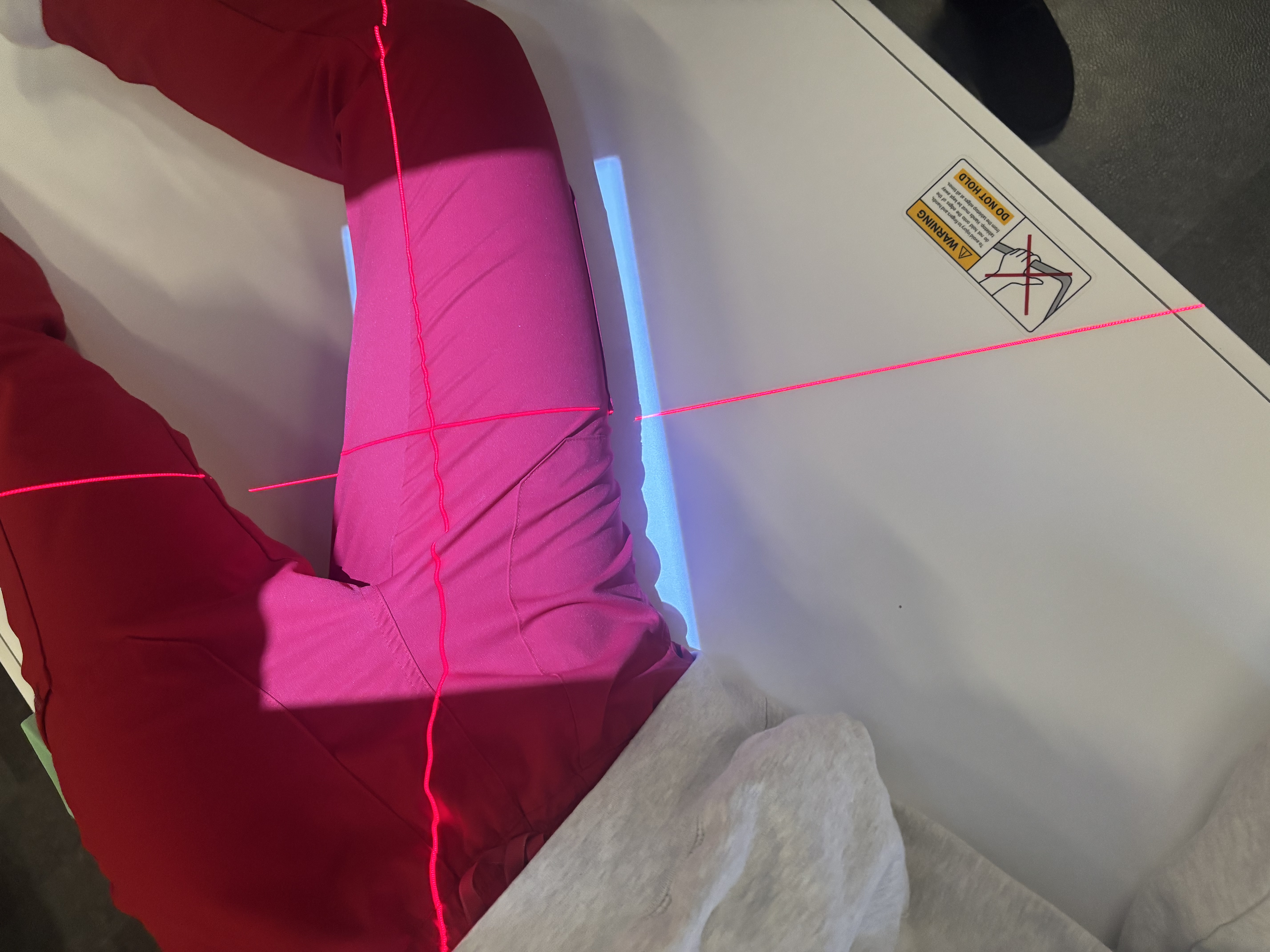
Lateral Mid & Proximal Femur
• Patient Position: Lateral recumbent, affected side down, knee 45°
• CR: Perpendicular to femur
• Collimation: 10x17, include ASIS
• kVp/mAs: 75 / 12–15
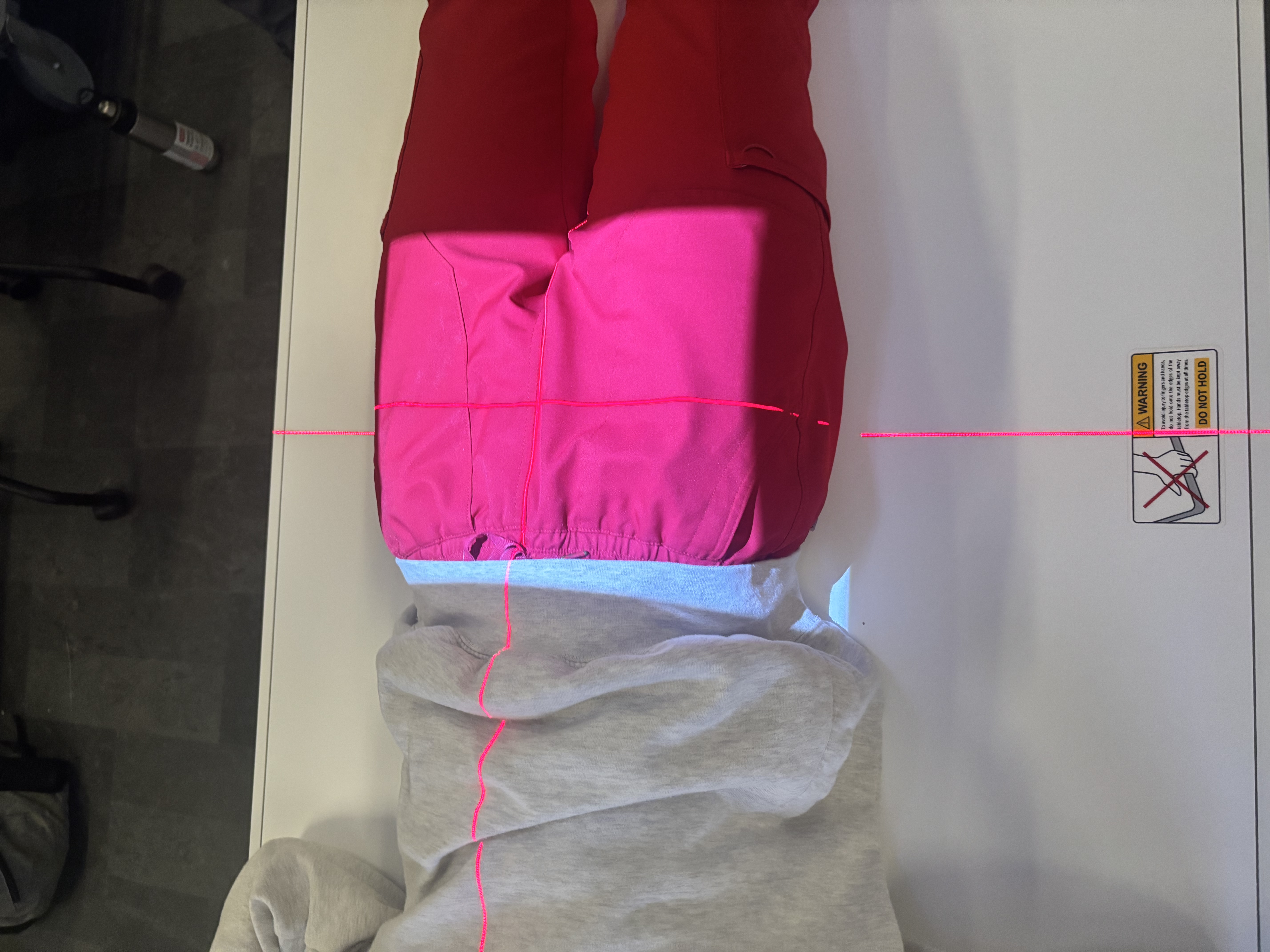
AP Pelvis
• Patient Position: Supine, arms at sides, legs internally 15–20°
• CR: midway between ASIS & symphysis
• Collimation: 17x14
• kVp/mAs: 75 / 25
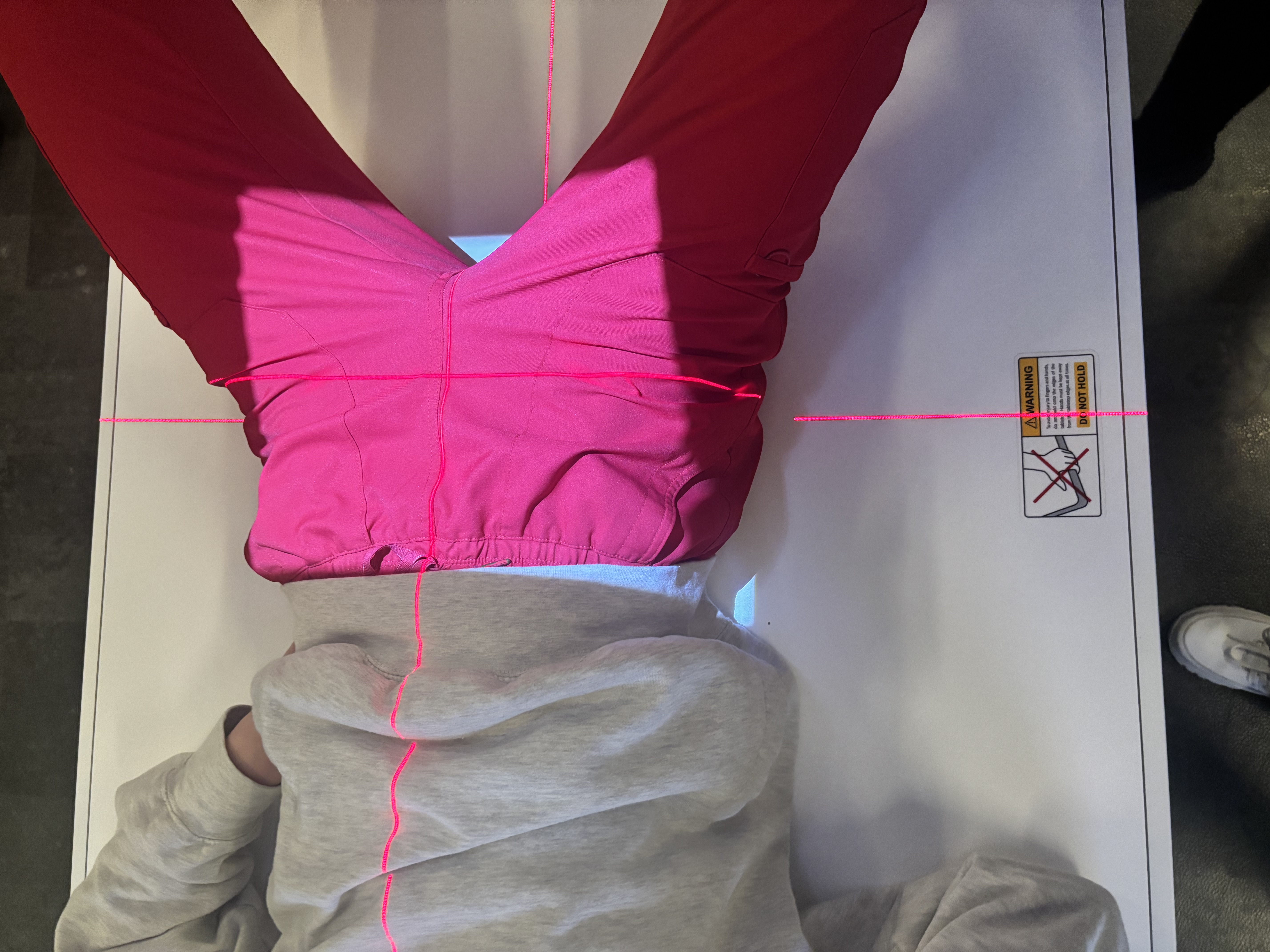
Bilateral Frog-Leg (Modified Cleaves)
• Patient Position: Supine, knees 90°, abducting legs 45°
• CR: 3" below ASIS
• Collimation: 17x14
• kVp/mAs: 75 / 25
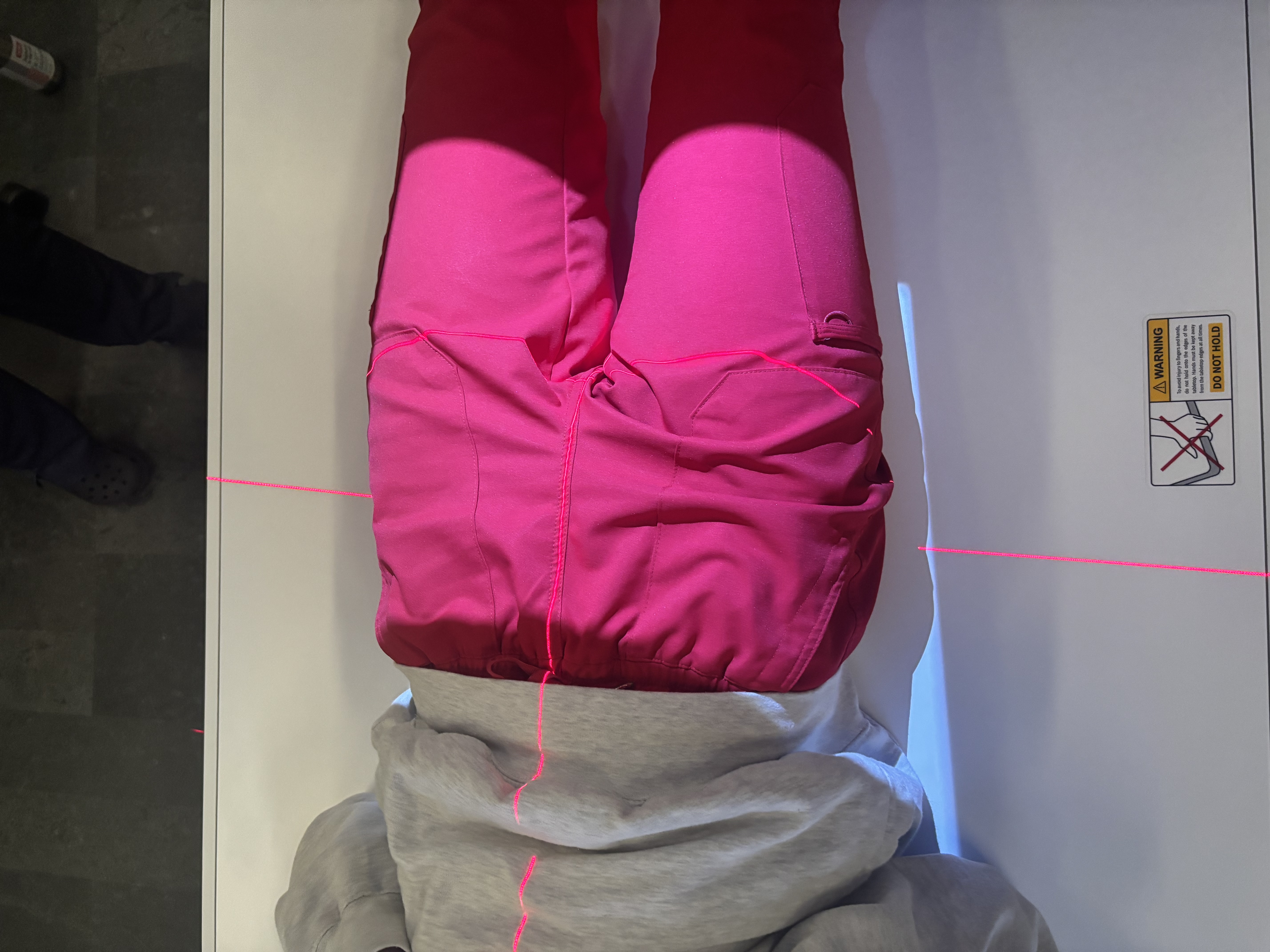
AP Axial Outlet (Taylor)
• Patient Position: Supine, legs extended
• CR: 2 inches from the greater trochanter
• CR Angle: 20-35 cephalad (males), 30-45 cephalad (females)
• Collimation: 14x17
• kVp/mAs: 75 / 25
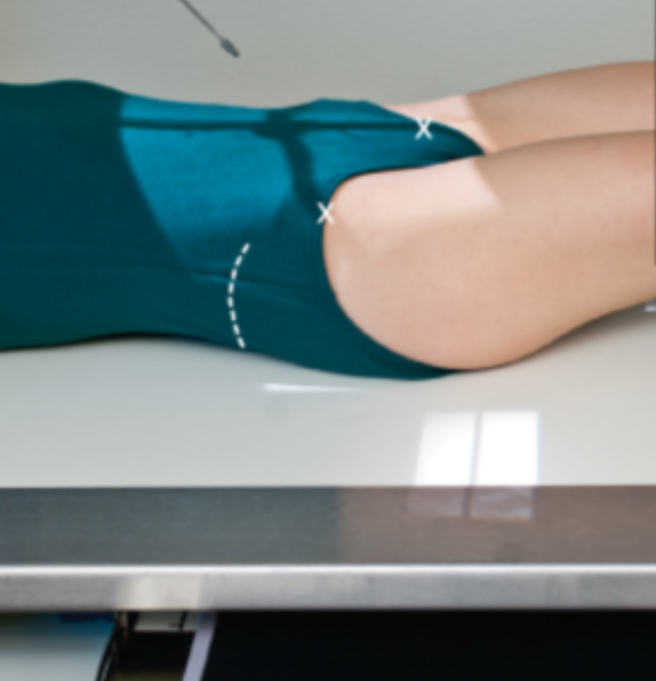
AP Axial Inlet
• Patient Position: Supine, legs extended
• CR: Midline at ASIS
• CR Angle: Caudad 40°
• Collimation: 14×17
• kVp/mAs: 75 / 25
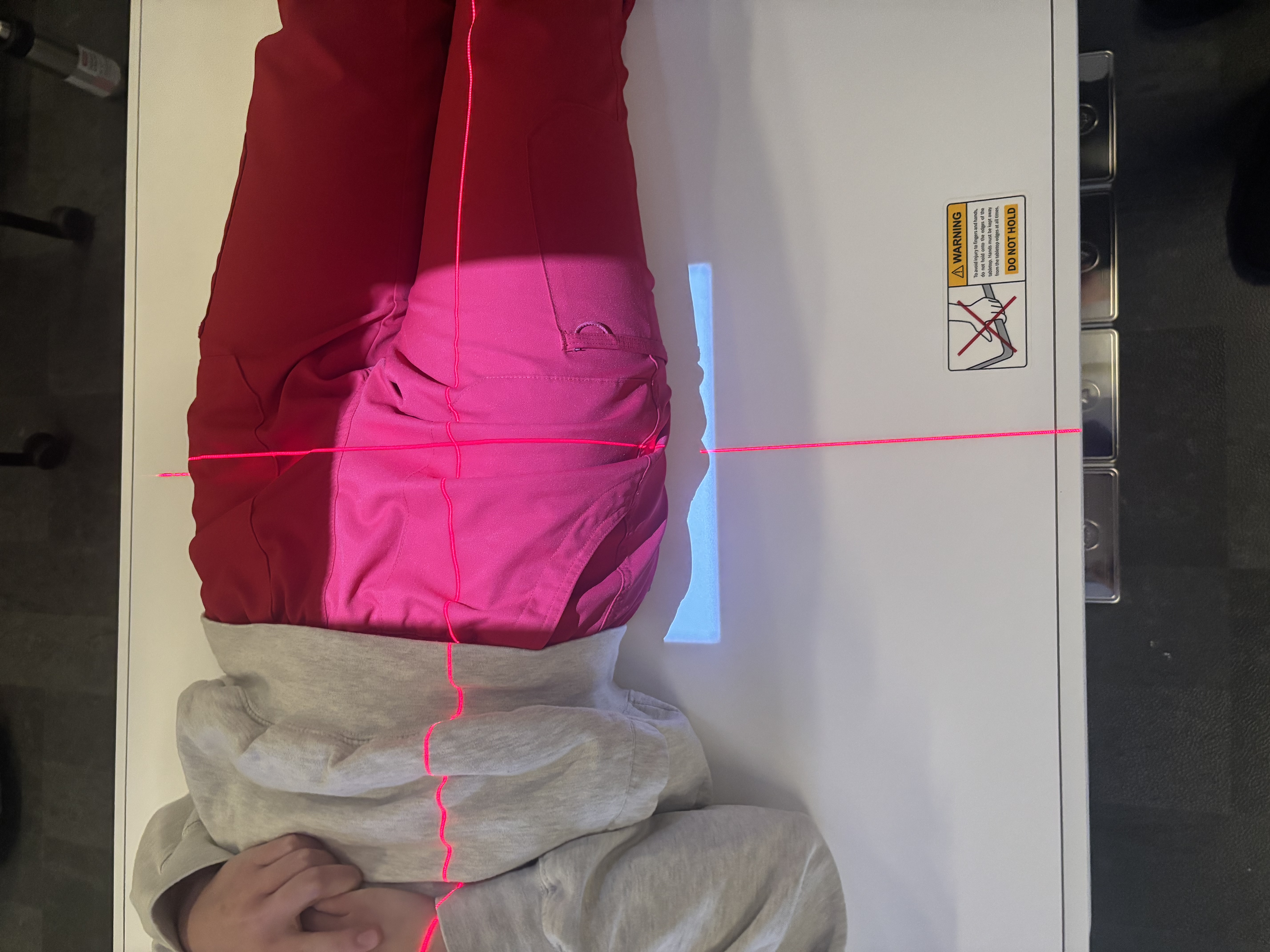
AP Hip Unilateral
• Patient Position: Supine, leg internally 15–20°
• CR: Find the ASIS go medially 2in and distal 4in
• Collimation: 10x12
• kVp/mAs: 75 / 20
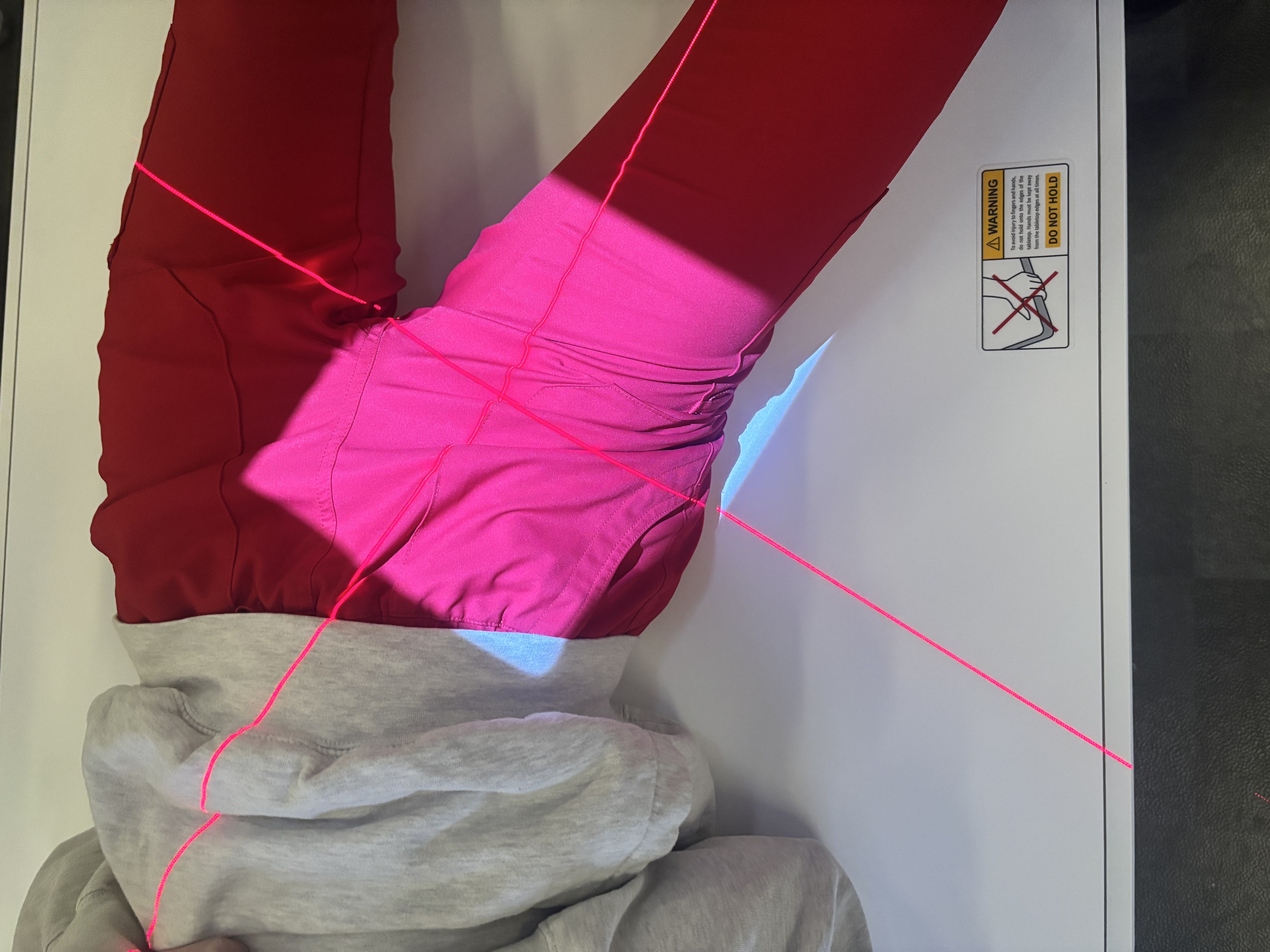
Frog-Leg Hip (Modified Cleaves)
• Patient Position: Supine, knee flexed, femur 45° abduction
• CR: Find the ASIS go medially 2in and distal 4in
• Collimation: 10x12
• kVp/mAs: 75 / 20
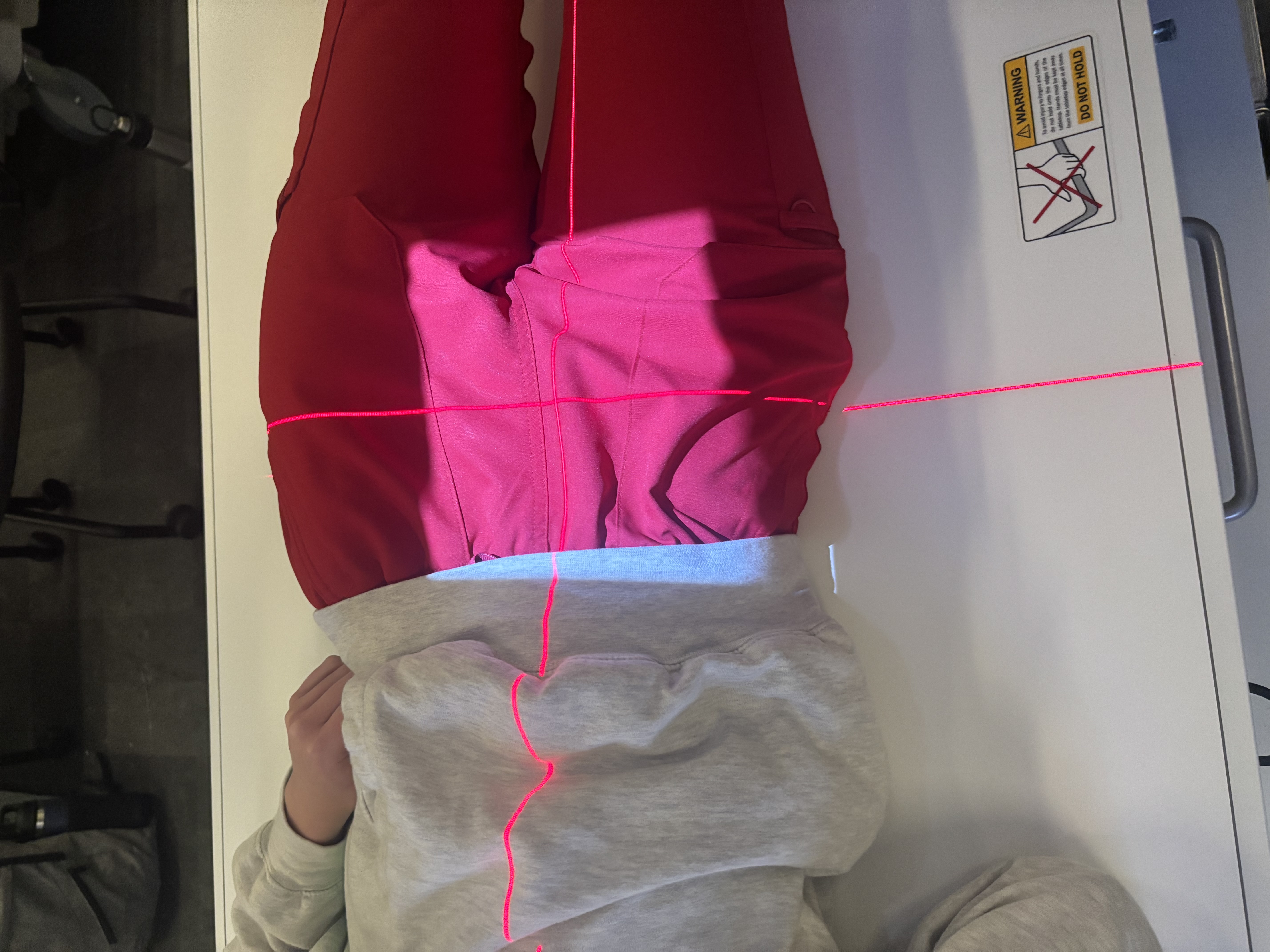
Posterior Oblique Judet (Downside)
• Patient Position: Semisupine, 45° posterior oblique, affected side down
• CR: 2" distal & 2" medial ASIS
• Collimation: 10×12
• kVp/mAs: 75 / 25

Posterior Oblique Judet (Upside)
• Patient Position: Semisupine, 45° posterior oblique, affected side up
• CR: 2" distal ASIS
• Collimation: 10×12
• kVp/mAs: 75 / 25
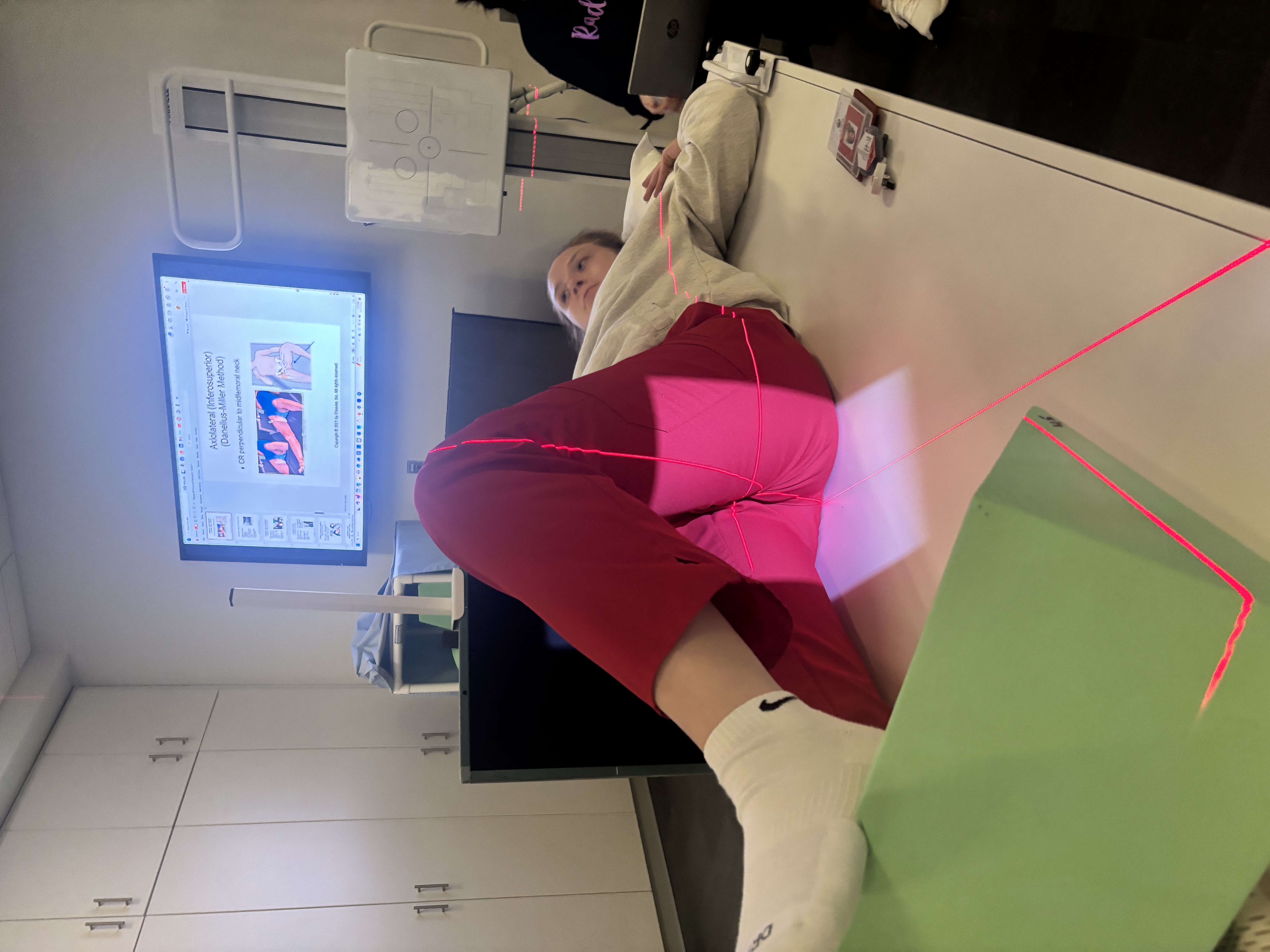
Danelius-Miller (Cross Table Lateral Hip)
• Patient Position: Supine, unaffected leg out of way, affected leg extended
• CR: Find the ASIS go medially 2in and distal 4in
• Collimation: IR 45° to body, include femoral neck & proximal femur
• kVp/mAs: 75 / 40
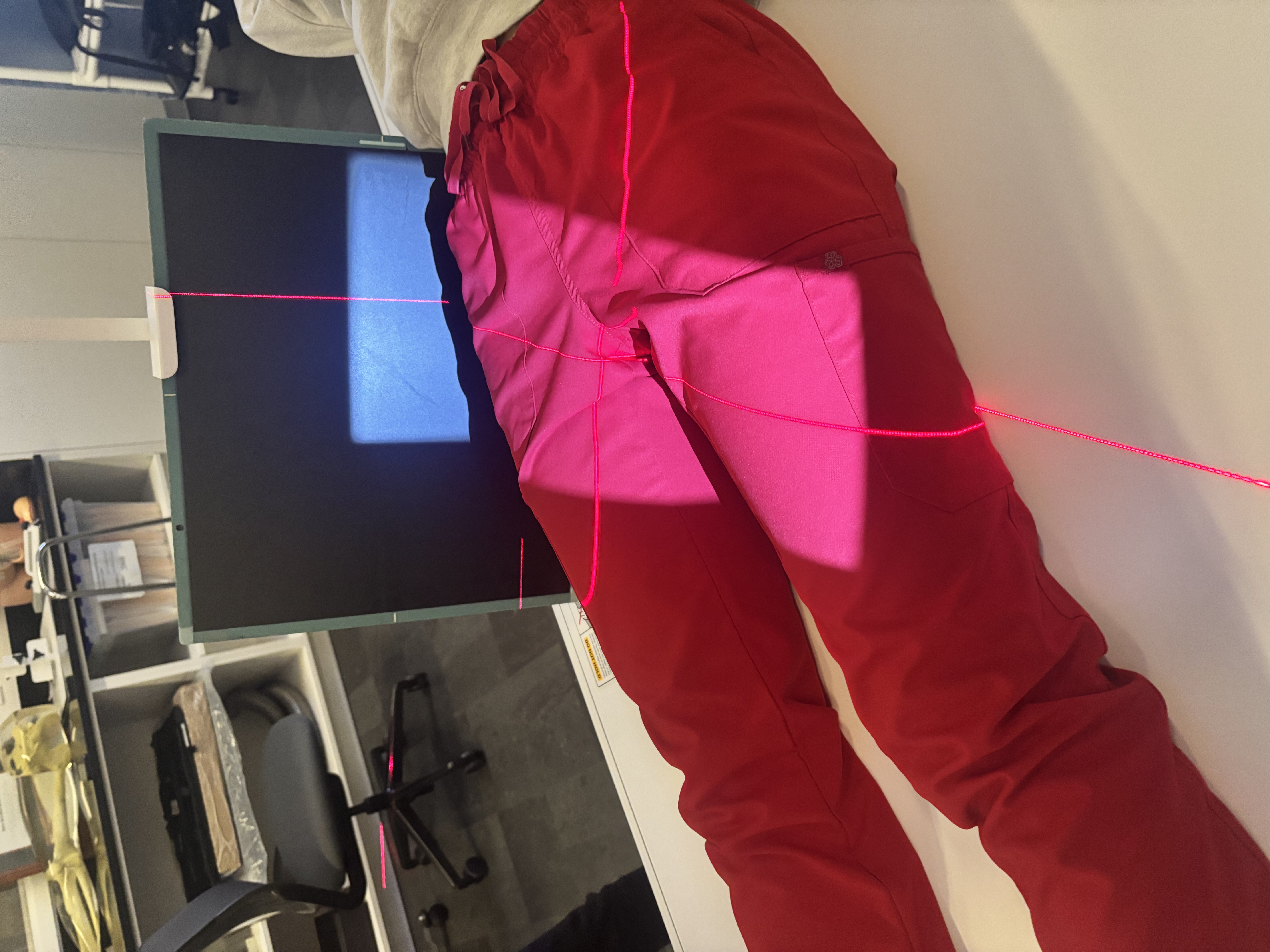
Clements-Nakayama (Modified Lateral Hip)
• Patient Position: Supine with affected leg abducted 15–20°
• CR: Find the ASIS go medially 2in and distal 4in
• CR Angle: 15°- 20° caudad
• 70° cr angle on tube
• Collimation: Include femoral neck & proximal femur
• kVp/mAs: 75 / 40